Colliery electrification
Netherton Colliery was converted to electricity during the 1930s. I think this happened when Bedlington Coal Company took over the colliery in 1934 and undertook a programme of modernisation.
This is one of the motors installed, a 6 x 10 Tandem Main & Tail. Makers John Tinsley Ltd of Darlington. I don't know what this motor was actually used for. A Google search for the maker's name didn't reveal very much but listed them as making continuous rope haulage motors, for moving coal tubs, so perhaps that's what this was for.
If anyone can give me better information about this please get in touch.

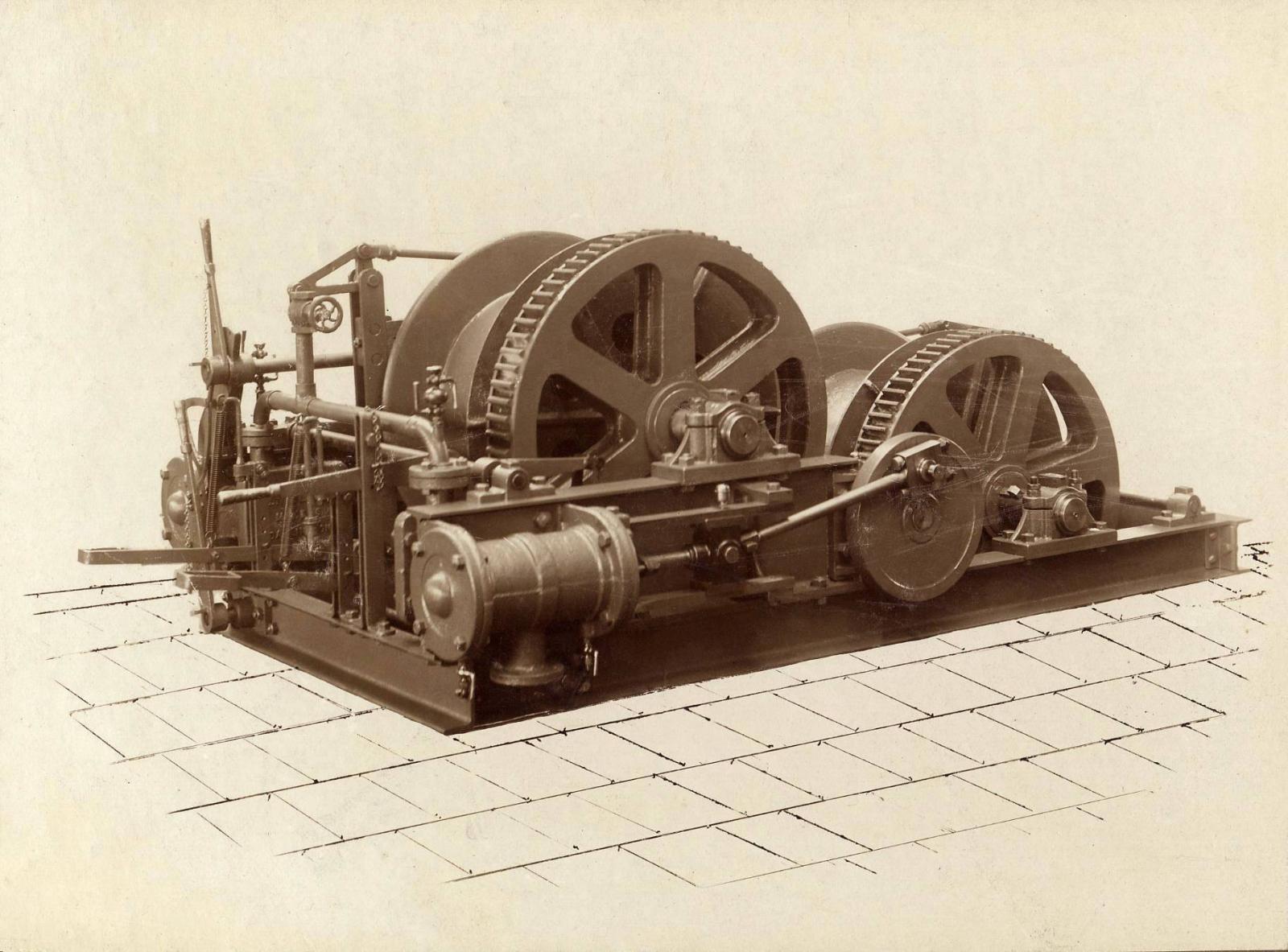
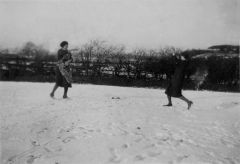

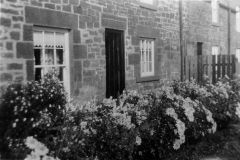

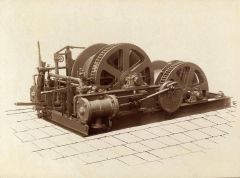
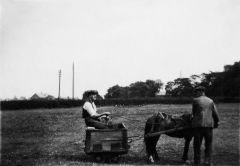
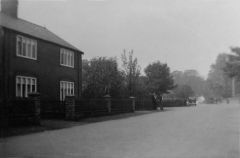

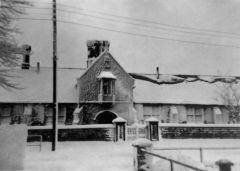

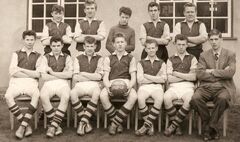
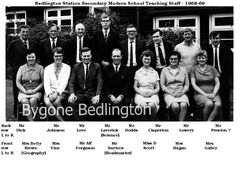
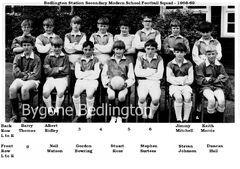

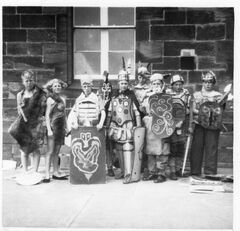
Recommended Comments
Create a free account or sign in to comment
You need to be a member in order to leave a comment
Create an account
Sign up for a new account in our community. It's easy!
Register a new accountSign in
Already have an account? Sign in here.
Sign In Now